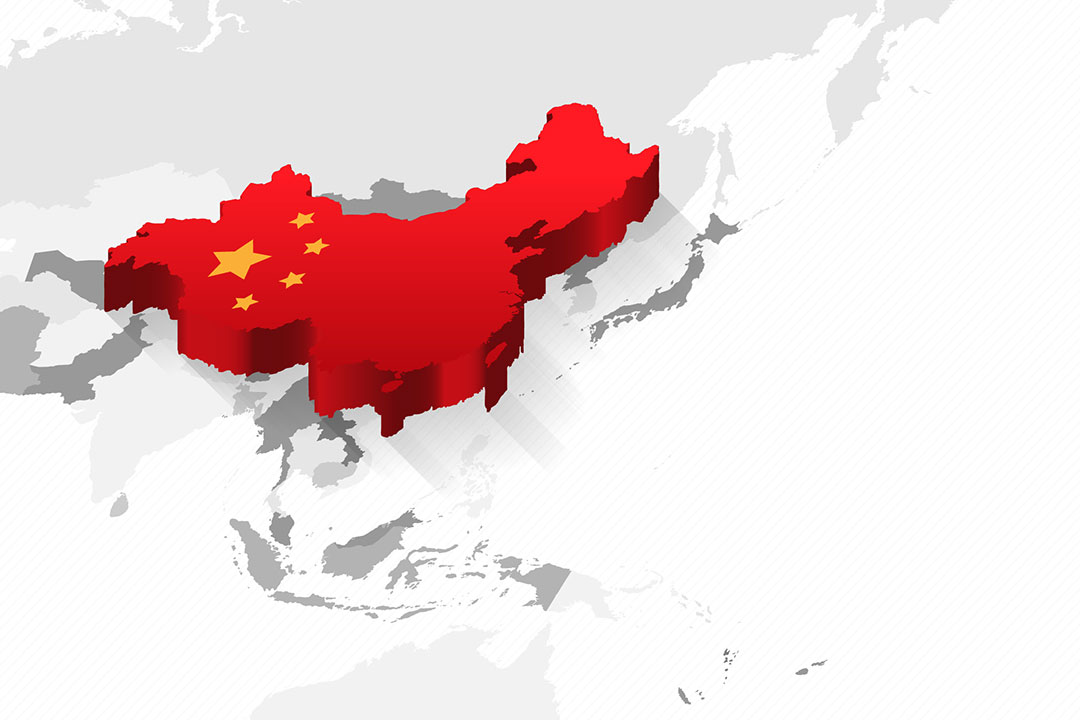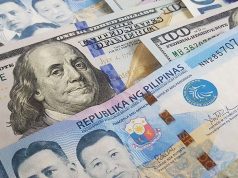Resilience through collective action: Responding to China’s gray-zone campaign

THE numerous collision and water cannon incidents against Philippine vessels by the Chinese Coast Guard and its maritime militia arm are raising tensions in the South China Sea. In interview with the ABC in March, Philippine President Ferdinand Marcos, Jr. decried these belligerent actions, stating that a small mistake could lead to undesirable consequences. Meanwhile, several analysts and security experts view these incidents as a component of Beijing’s gray zone campaign aimed at legitimizing its fictitious 10-dash line claim.
Gray zone campaigns fall between peace and war. Activities within this ambiguous space are usually comprised of malign influence, disinformation, offensive cyber operations, and economic coercion, among others. These acts are vague and remain below the threshold of armed conflict. For instance, Beijing’s aggressive actions in the West Philippine Sea, combined with disinformation and cyberattacks against Philippine government agencies, are part of its alleged gray zone playbook. Moreover, its cyber-enabled influence operations remain part of a broader strategy intended to shape global public opinion and enhance China’s “international discourse power.” At this point, the pressing concern is how to effectively respond to this campaign.
UNDERSTANDING CHINA’S INTENT AND ACTIONS
I believe that there are two ways to achieve this goal. First, understanding the Chinese Communist Party (CCP) philosophy is important. We know that the CCP is determined to transform the international order and is conscious of its image. This is consistent with its national rejuvenation dream and will be mainly achieved by eroding resistance, silencing critics, and broadening its support base using economic incentives. In addition, Beijing seeks control of the narrative to strengthen the CCP’s legitimacy. It does this by selling a curated image of a viable political-economic model despite being a victim of Western imperialism and being surrounded by its adversaries. These victimization and vulnerability narratives are used to justify its expansive claim in the South China Sea.
The second technique is to learn from various experiences. In Hong Kong, controlling the narrative and suppressing dissent are the common practices. For instance, messaging through YouTube amplified the violent and destructive nature of the pro-democracy movement. There are also attempts to dehumanize the protesters by comparing them to terrorists, dogs, and cockroaches. Furthermore, the 2024 Taiwan national elections clearly illustrate how a CCP-enabled disinformation campaign was waged. For example, a 2023 report by the Taiwan-based Doublethink Labs stated that false and misleading information was disseminated to undermine the credibility of the Democratic Progressive Party (DPP) and its candidates. Social media posts about corruption allegations against then DPP presidential candidate Lai Ching-te and the diminishing US commitment to Taiwan were circulated.
Other countries have seen their share of these malign actions. Japan and Vietnam have both witnessed the provocative maneuvers of the Chinese Coast Guard in their maritime areas. Moreover, offensive cyberattacks have become a hallmark of gray zone activities. For instance, alleged Chinese military hackers penetrated Japanese military networks in 2020, stealing plans and assessment reports, among others.
At this juncture, the crucial question is, “How can like-minded countries be more resilient in the face of an elaborate gray zone campaign? What can the Philippines learn from these experiences?”
ATTAINING RESILIENCE THROUGH A COLLECTIVE ACTION PARADIGM
To attain resilience against gray zone operations, I think that it is vital to recognize the strategic nature of Beijing’s actions. Rather than focusing on a quid pro quo response, a proactive approach is needed. Furthermore, these activities can be viewed as part of a broader malign influence agenda. The aim of such a campaign is to weaken an adversary’s institutions and divide its citizens. To address this, a collective action paradigm must be adopted.
For individual nations, this calls for the creation of a “whole-of-nation” approach that can leverage the expertise of its public and private sectors as well as civil society organizations. For like-minded countries, collective action can come in the form of a multi-dimensional strategy that requires diplomatic, legal, military, information, and economic actions.
For its diplomatic and legal side, the strengthening of international alliances is paramount. For instance, adherence to international law through UNCLOS and the creation of regional mechanisms for maritime law enforcement (i.e., addressing illegal, underreported and unregulated fishing) are viable avenues to foster regional resilience against gray zone activities. In addition, trilateral summit between Manila, Washington, and Tokyo this month is an excellent example of how to mitigate these coercive activities through collective action.
For its military dimension, interoperability is crucial. Cooperation in the areas of maritime domain awareness, cyber defense, and joint maritime operations are examples of how this aspect can be enhanced. In the Philippines, this can be seen through the Balikatan military exercises and the implementation of the Enhanced Defense Cooperation Agreement (EDCA). Similar agreements with Australia and Japan will allow the Philippines to enhance its defense posture and hasten the implementation of its much-delayed modernization program for its armed forces and coast guard. This will also allow like-minded countries to address a possible Taiwan contingency and strengthen its humanitarian assistance and disaster response capabilities.
Regarding the information aspect, I believe that institutional frameworks must be developed to address disinformation campaigns. Examples are the sharing of information on foreign malign influence operations and the development of practices in strategic communication. Another significant aim of this domain is demystifying Beijing’s united front operations and its role in its malign influence agenda. To mount an effective response, it is crucial to understand its structure, resources, and techniques.
Also, partnerships within this dimension can also include strategies that can strengthen institutions and their adherence to democratic values. Moreover, getting ahead of Beijing’s disinformation campaign underscores the need to control the narrative. At present, the dominant narrative in the South China Sea is the sovereignty and territorial control storyline. Aside from these common themes, like-minded countries can also focus on the environmental impact of China’s illegal reclamation and militarization of reefs as well as its blue economy implications.
Finally, the economic side of a multi-dimensional strategy consist of mechanisms that aim to prevent economic coercion. For Manila, Beijing’s coercive measures can open new opportunities for cooperation. Aside from developing its defense industries, the country can leverage the openness of its international partners to invest in the Philippine economy. This will enable the country to be more resilient against intimidation.
Overall, responding to gray zone operations underscores the importance of resilience using a collective action paradigm. This approach involves the use of diplomacy, legal, military, information, and economic actions. Fragmented and reactive actions must be avoided. Instead, this new paradigm must enable countries like the Philippines to galvanize its national response and play a significant role in regional security.
Sherwin E. Ona, Ph.D. is an associate professor of the Department of Political Science and Development Studies at De La Salle University. He is a non-resident fellow of the Stratbase-ADR Institute. At present, Dr. Ona is a visiting fellow of the Institute for National Defense and Security Research in Taiwan.



